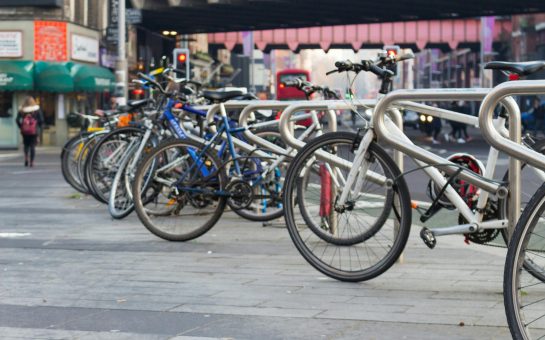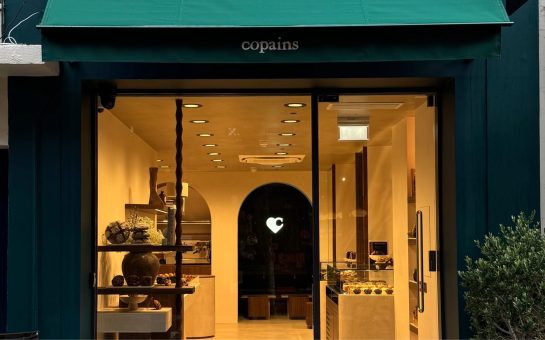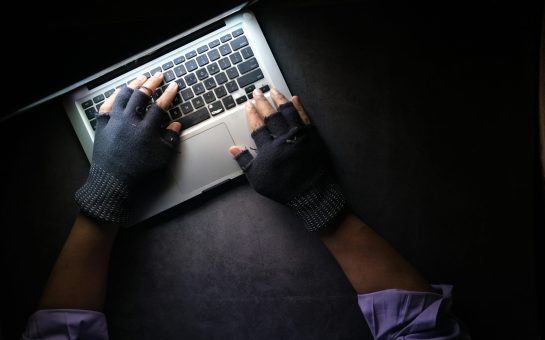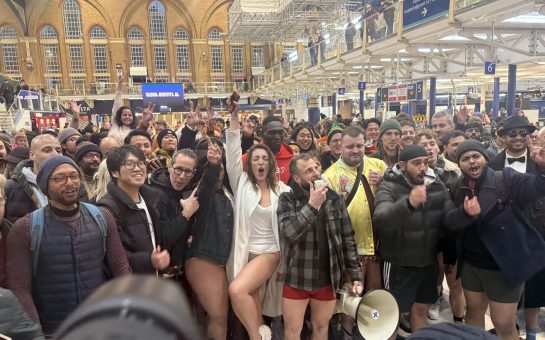Fewer people were sleeping rough in London for the first time between October and December 2021 compared to the same period in 2020.
Data released by the Combined Homelessness and Information Network (CHAIN) revealed that the number of rough sleepers recorded as new to the streets dropped from 1582 to 1314 – a 17% reduction from the same period in 2020.
Out of the 1314 sleeping rough for the first time, 75% (984) spent just one night sleeping rough, 22% (290) slept rough for more than one night but did not go on to live on the streets, while 3% (40) were considered to be living on the streets.
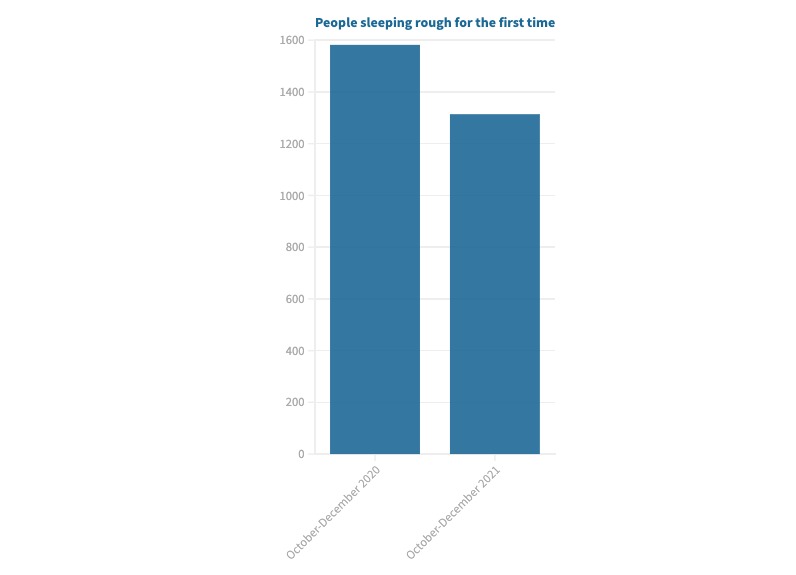
The number of new rough sleepers is significant according to Petra Salva, Director of Rough Sleepers, Ex-Offenders and Migrant Services at homelessness charity St Mungo’s.
She said: “Despite some of the successes we’ve achieved over the last few years, the big issue for us as a city is around prevention; making sure people don’t end up sleeping rough for the first time.
“To me, the numbers are an indication of the complexity of the needs for support these individuals have, and it’s important that services can respond to those needs.”
The 40 people recorded as living on the streets in the final quarter represent a 60% increase from the period between July and September 2021, but a 15% reduction compared to final quarter in 2020.
The increase of people returning to and remaining on the streets between the third and fourth quarter of 2021 is most likely linked to the gradual easing of restrictions after the pandemic, according to Salva, as well as the end of initiatives such as the Everyone In campaign.
Salva said: “There are pressures on the system where the country and London is opening up, and some of the things that we saw prior to the pandemic are starting to creep back.”
She said she worries that the amplified attention rough sleeping received during the pandemic, and the collaborative approach taken to respond to people’s needs might start to wane.
She explained: “With the pandemic, we’ve put our foot on the gas, and we’ve been able to go a little bit faster, but I’m really scared that the minute we ease off a little bit, we’re just going to find ourselves back to where we were.”
The multiple needs of London’s street population
One of St Mungo’s tasks is to understand people’s needs, to find out why some people are more likely to remain on the streets.
Salva said: “If there was a silver lining to the pandemic, it was that by getting the majority of people indoors, we were able to assess and identify the level of need.
“Our job is often to explain to local authorities and to government that you don’t fix homelessness by just providing housing, it’s all the wrap around stuff.”
She said that many people who did not ordinarily have health assessments, had seen a GP for the first time due to increased support during the pandemic.
“I’ve met loads of people that we got inside hotels who’ve gone on to the live in their own independent accommodation, who, after having three meals a day, started to be able to think more clearly about their choices, and what they wanted to achieve.”
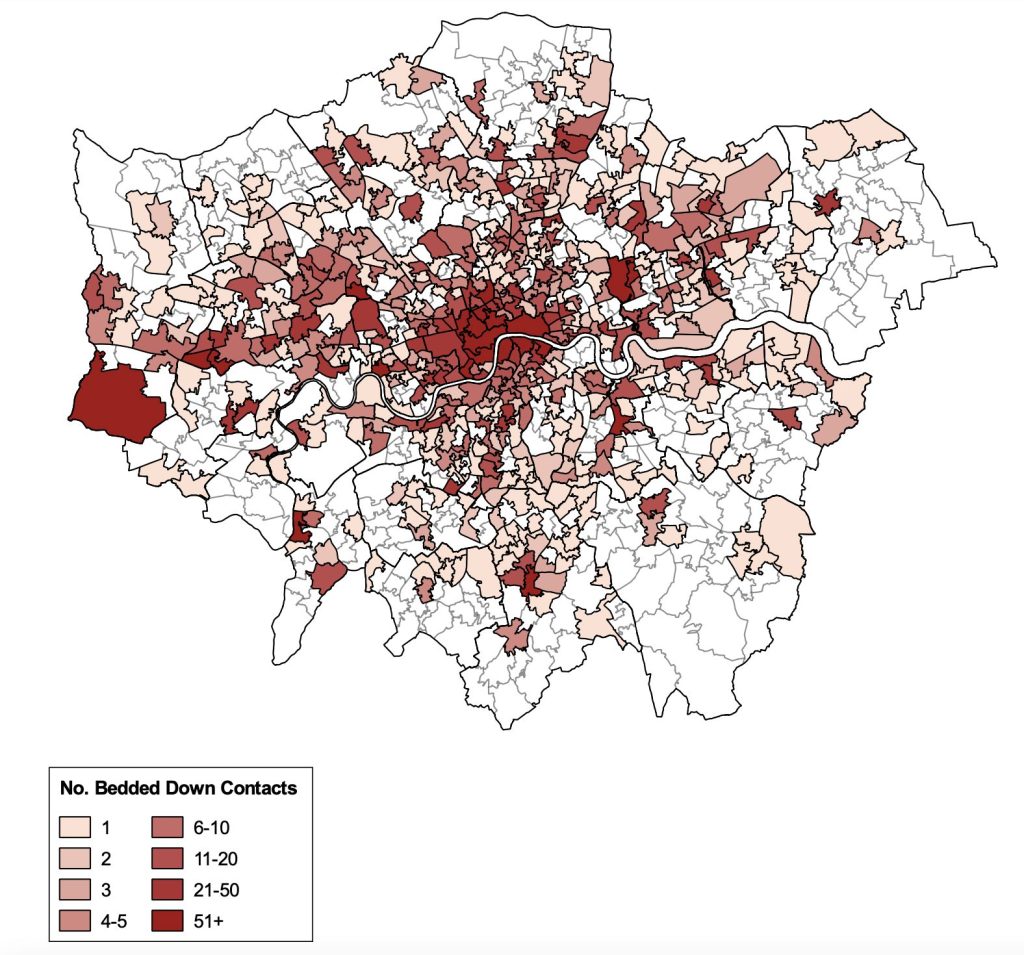
The map shows the number of bedded down street contacts recorded in each Middle Super Output Area across Greater London between October-December 2021. The map shows the volume of contacts rather than individuals, and some people may have been seen on multiple occasions within a given area. Credit: Chain Quarterly Report Greater London October-December 2021
Looking beyond numbers and finances
A report issued in September 2021 by the Kerslake Commission on Homelessness and Rough Sleeping suggested that the Everyone In initiative launched in response to the pandemic should continue to be financed through the Rough Sleeping Initiative, through a minimum three year funding settlement with an annual spend of £335.5m.
In May 2021, the government allocated £203m for Rough Sleeping Initiative for the 2021/2022 period, and later announced in the Autumn Budget that it would allocate £603m a year to tackle homelessness and rough sleeping between 2022 and March 2025.
Like the homelessness charities Homeless Link and Crisis, Salva also had mixed feelings about the amount allocated.
She said: “The level of investment required for a prolonged period of time is far greater than what’s been allocated.
“But the allocation does go a long way, particularly with the three-year settlement, we’re not just going from year to year, we can plan for three years.
“You can’t turn people’s lives around in just six months, you need longer stability.”
She said that although investments in social housing are crucial, what is really needed is a ‘complete rethink’ of the social care system to avoid people returning to the streets.
Salva explained: “In some ways getting people off the streets – however hard that is – is the easier bit of the whole picture.
“The real challenge is keeping people off the street.
“I can take Mr. X off the streets tomorrow, and put him somewhere safe and warm, but then how do I keep him off the street, so he doesn’t return?”
She said that apart from having somewhere safe and warm to live, a person needs to feel a sense of belonging, to have work, to be able to connect with family and friends – in short, to have a purpose to their life.
Salva said: “And when Mr X goes into crisis, he needs to know there’ll be someone there to help him.
“All those things, that’s our real challenge.
Now I don’t even know how you put a price on that.”
A glimmer of hope
The CHAIN data should not be read in isolation, as many rough sleepers, particularly women and younger people, often remain statistically invisible, according to Salva.
But when read over time, the individual figures give a solid indication of the bigger picture and the trends that outreach workers are seeing on the street.
Overall, the number of homeless people has decreased significantly over the last three years.
In the last quarter of 2021, 2949 people were recorded to be sleeping rough in London, which represents an 11% decrease compared to the same period in 2020 and an even higher decrease from nearly 4000 rough sleepers in 2019.
Despite the limitations, Salva said that the categories and data recorded by CHAIN is world leading: “It’s still probably the best system in the world.
“I’ve not seen one that’s equivalent, ever.”
